The 2015 Pixar film Inside Out introduced viewers to a young girl named Riley Newman and the emotions in her head that were then expanded for Inside Out 2 when she went through puberty. Riley originally had five pretty basic and common emotions in her head before that number was doubled for the sequel. Inside Out 2 even cut an emotion, showing there’s still room in the story to explore new, deeper emotions as Riley grows up. There’s no news about whether there will be an Inside Out 3, but the sequel proved there is always more to expand upon.
Both Inside Out films saw success due to their talented voice-acting casts and interesting and deep stories. While the animated films are aimed at younger audiences, the Inside Out films include complex storylines about feelings, making them fan favorites across multiple age groups.
Joy
Voiced By Amy Poehler
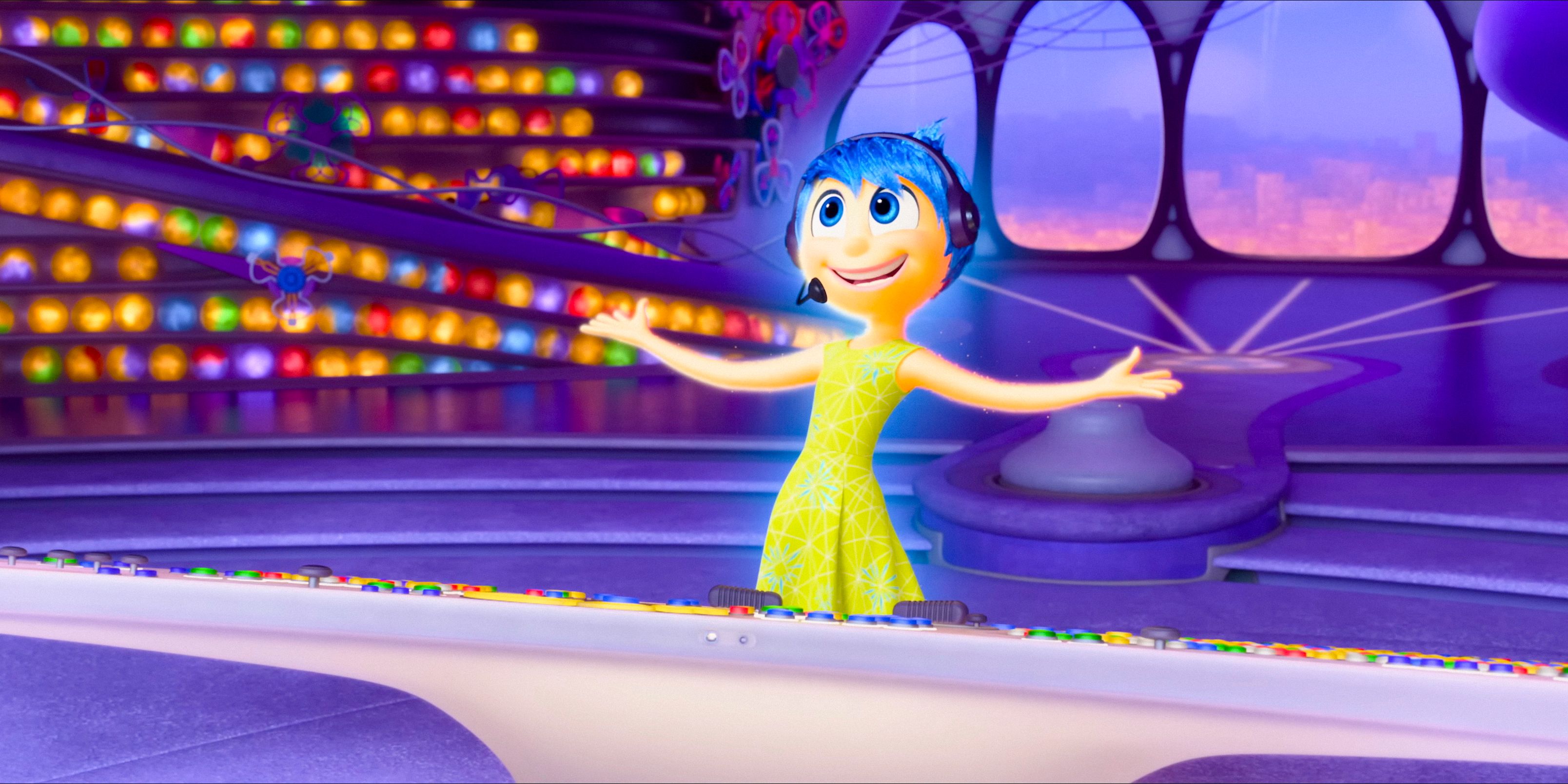
The main emotion in the Inside Out films is Joy. She sees herself as the leader of the group, the one who keeps everyone together and knows Riley the best. As her name suggests, she is in charge of Riley’s happiness and her happy memories. She guards them carefully, struggling with Riley experiencing other emotions, particularly those she views as negative, like Sadness. At the end of Inside Out, Joy learns to accept and embrace all of Riley’s emotions.
Yet, she reverts to her old ways in Inside Out 2 when Anxiety and others arrive as Riley goes through puberty. Though Joy only ever wants what’s best for Riley, the Inside Out films show all emotions can have positive and negative qualities. Joy can go overboard in Inside Out, leading to toxic positivity that doesn’t leave room for Riley to feel the other emotions she needs to grow and form her true Sense of Self. Inside Out 2 also explores more of Joy’s own feelings, as she shares that it isn’t easy for her to always be happy.
Sadness
Voice By Phyllis Smith
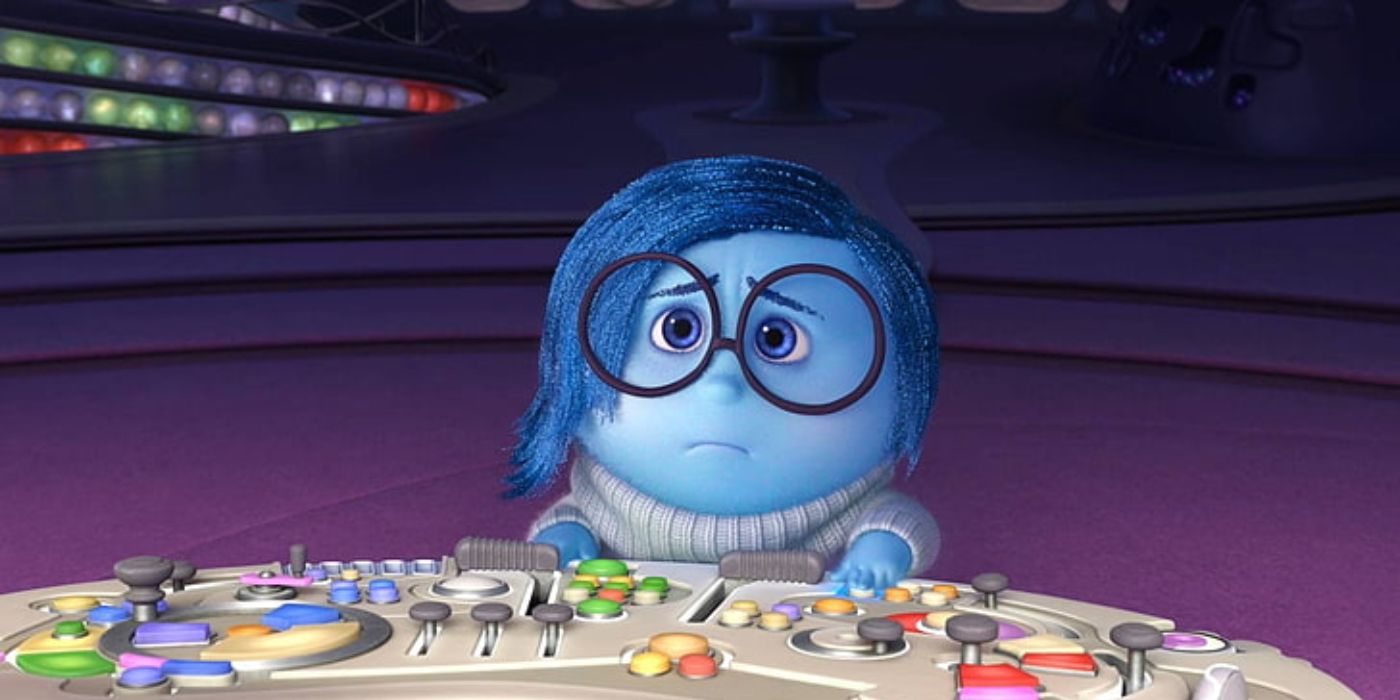
Sadness was often the recipient of Joy’s toxic positivity in Inside Out. Joy worked hard to limit her role, seeing her as harmful and unnecessary to Riley and her memories. Because Sadness too only wanted to help Riley, she initially took on a more passive role, not wanting to upset anyone. Yet, when Sadness and Joy accidentally disable Riley’s personality islands, Sadness ultimately helps save the day.
Sadness is the exact personification of her name, and sometimes her feelings get in the way of her being productive. Still, Sadness always tries to help Riley, even if she doesn’t always succeed. She has read the Mind Manuals front to back, which comes in handy again in Inside Out 2. As aforementioned, Riley needs all her emotions, and Sadness helps make Joy see this, teaching her that a Core Memory doesn’t just need to have one emotion. Sadness lets Riley be empathetic and compassionate, which is essential to her growth and emotional process.
Fear
Voiced By Bill Hader & Tony Hale

Sadness and Joy are the leading Inside Out emotions until Anxiety joins them in Inside Out 2, but all of Riley’s emotions are important and play big roles in her Sense of Self. The supporting emotions are often used as comedic relief, as each emotion represents a heightened version of themselves. As such, Fear has a similar issue to Sadness, where his feelings can occasionally hold him back, but it also helps him protect Riley.
Fear helps establish Riley’s survival instinct and keeps her safe. Though he can sometimes overreact, as seeing danger in almost everything makes him paranoid, the purple character comes through when necessary. For example, the parachute he carries just in case there’s a disaster helps save himself, Joy, Disgust, and Anger in Inside Out 2. Fear can sometimes be confused with Anxiety, which shows how complex emotions can be.
Anger
Voiced By Lewis Black
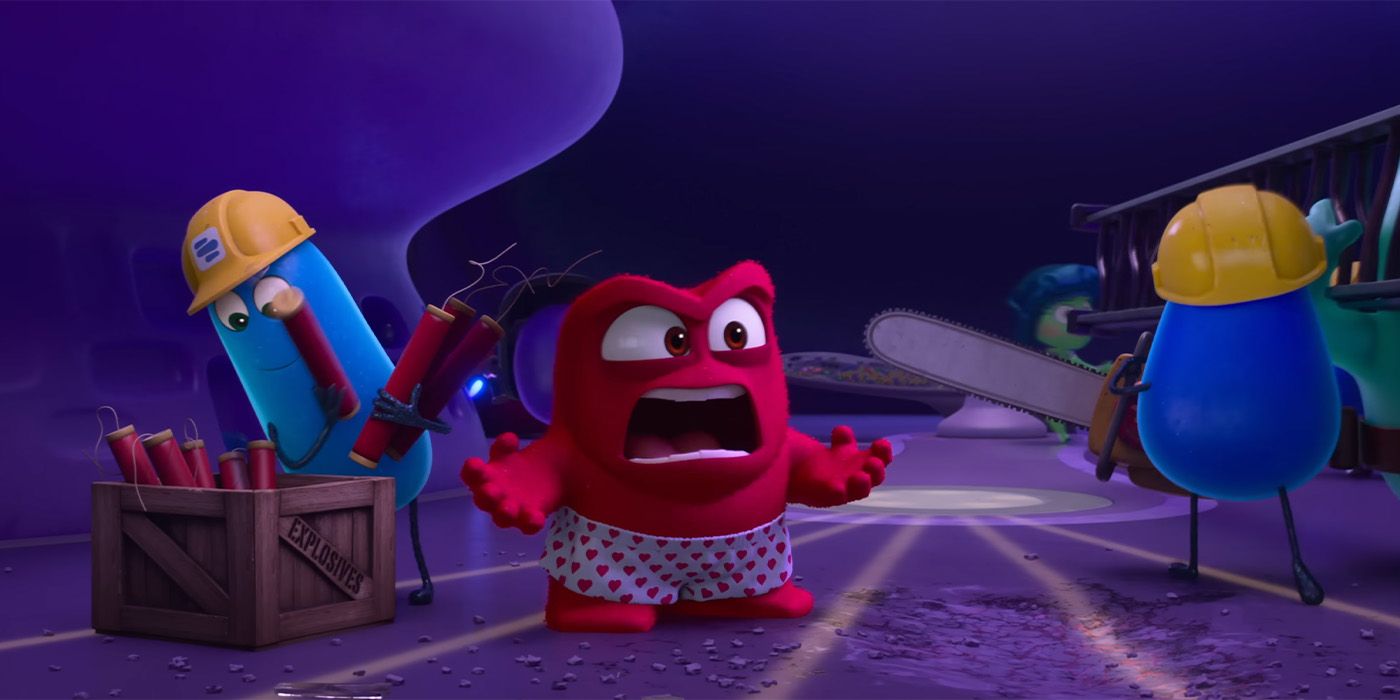
Like the other supporting emotions, Joy has to learn to appreciate what they bring to Riley. An interesting Riley Inside Out theory revolves around her emotions appearing to be of multiple genders. While Sadness, Joy, Disgust, and others present as female, Fear and Anger present as male. Anger is typically a masculinized emotion, with the red character wearing a suit and tie, while Fear wears a sweater vest and bowtie.
Anger is quick to react and often has to be reined in by Joy and the other Inside Out emotions from making quick decisions that could potentially hurt Riley. In Inside Out 2, he seems to have grown and learned to temper his impulsiveness a bit. When Joy starts to give up on herself, it’s surprisingly Anger who softens to motivate her. Anger helps keep Riley from suppressing her emotions, even if it can occasionally cause issues for her.
Disgust
Voiced By Mindy Kaling & Liza Lapira
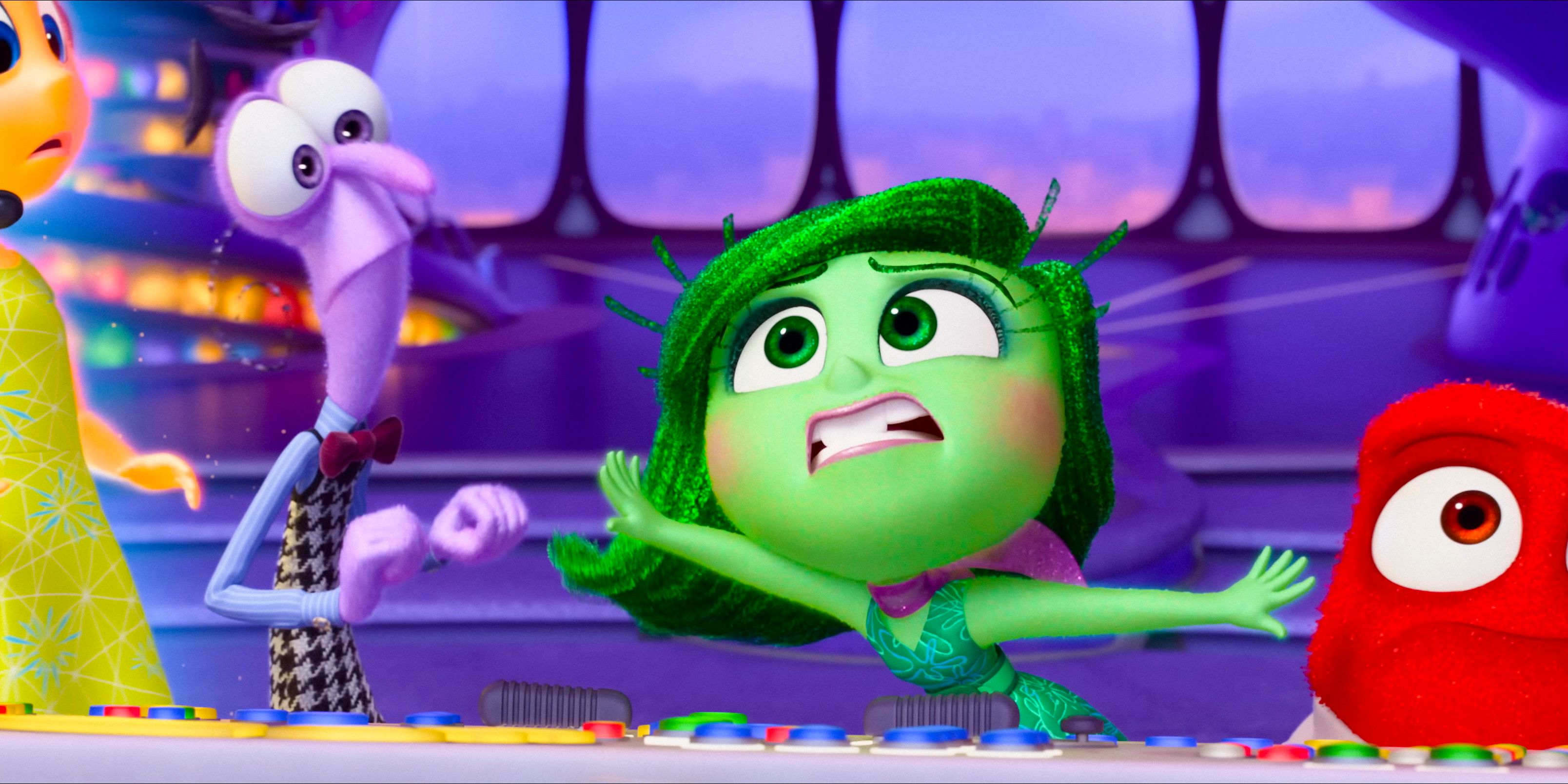
Riley’s final original Inside Out emotion is Disgust, whom Mindy Kaling voiced in the first film. However, Kaling and Bill Hader (Fear) turned down the offer to be in Inside Out 2, reportedly due to compensation issues, according to The Direct. Kaling’s character was recast as Liza Lapira, who carried on Disgust’s Inside Out reputation as somewhat of a drama queen who typically only inserts herself when she feels something isn’t quite right.
Usually, this hilariously involves Riley having to eat broccoli, which helps explain her green character design. Disgust is also concerned with vanity with her love for fashion. She can be sarcastic and sassy, but is still serious about protecting and helping Riley. Disgust saves Riley from more than just broccoli, she “keeps Riley from being poisoned–physically and socially,” according to Joy. Disgust may seem like she thinks she’s better than everyone around her, but that’s just because she holds herself and others to a high standard.
Anxiety
Voiced By Maya Hawke
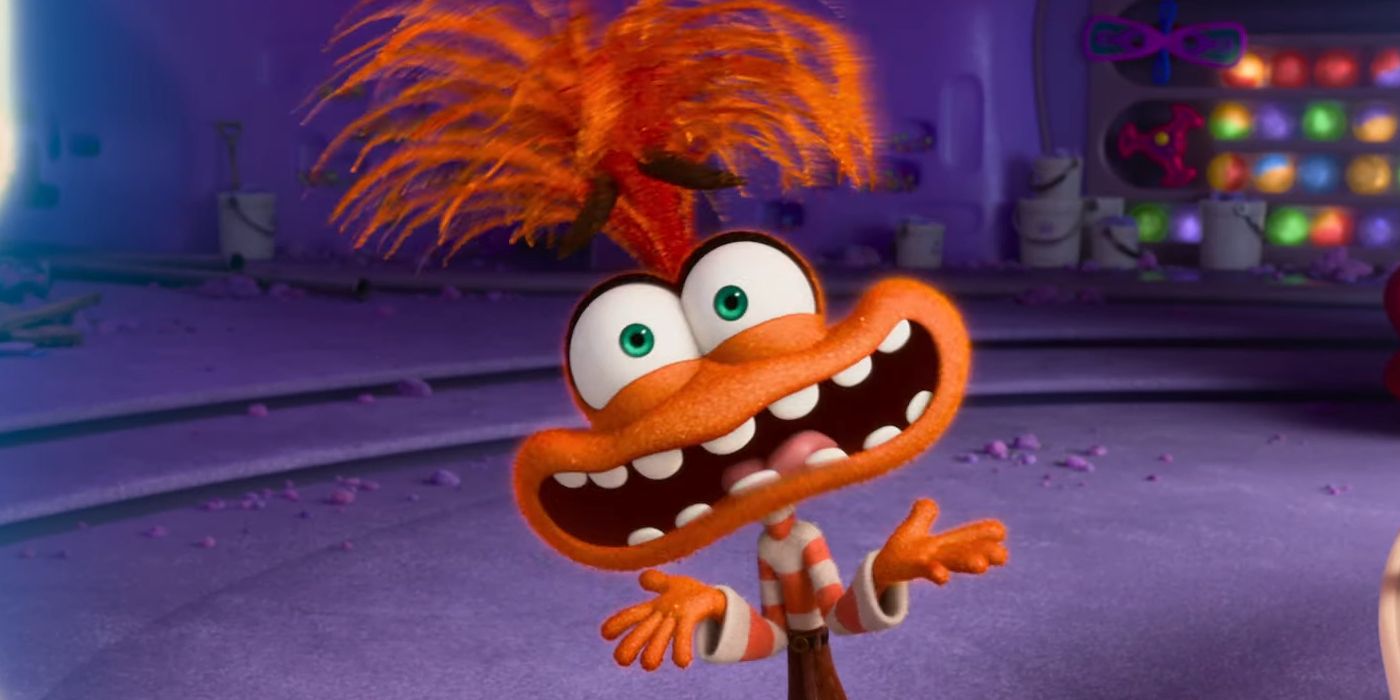
Anxiety was one of Riley’s five new emotions in Inside Out 2. At the start of the movie, Riley begins entering puberty, warranting the addition of new emotions to help guide her through that strange, messy time in a young person’s life. Though Riley displayed signs of Anxiety in the first Inside Out movie, they could have been attributed to Fear because she was too young and her Sense of Self hadn’t developed enough to feel true Anxiety.
Inside Out 2 did a great job highlighting the difference between Fear and Anxiety, with Anxiety often feeling more heightened, even leading to Riley having a panic attack. Anxiety’s need to prepare Riley for a smooth high school experience backfired when Anxiety shut out the other five necessary emotions Riley began with in Inside Out. By the end, Anxiety learned that you can’t force Riley to feel what you want her to, and she needs to feel everything to create a strong, complete Sense of Self.
Envy
Voiced By Ayo Edebiri
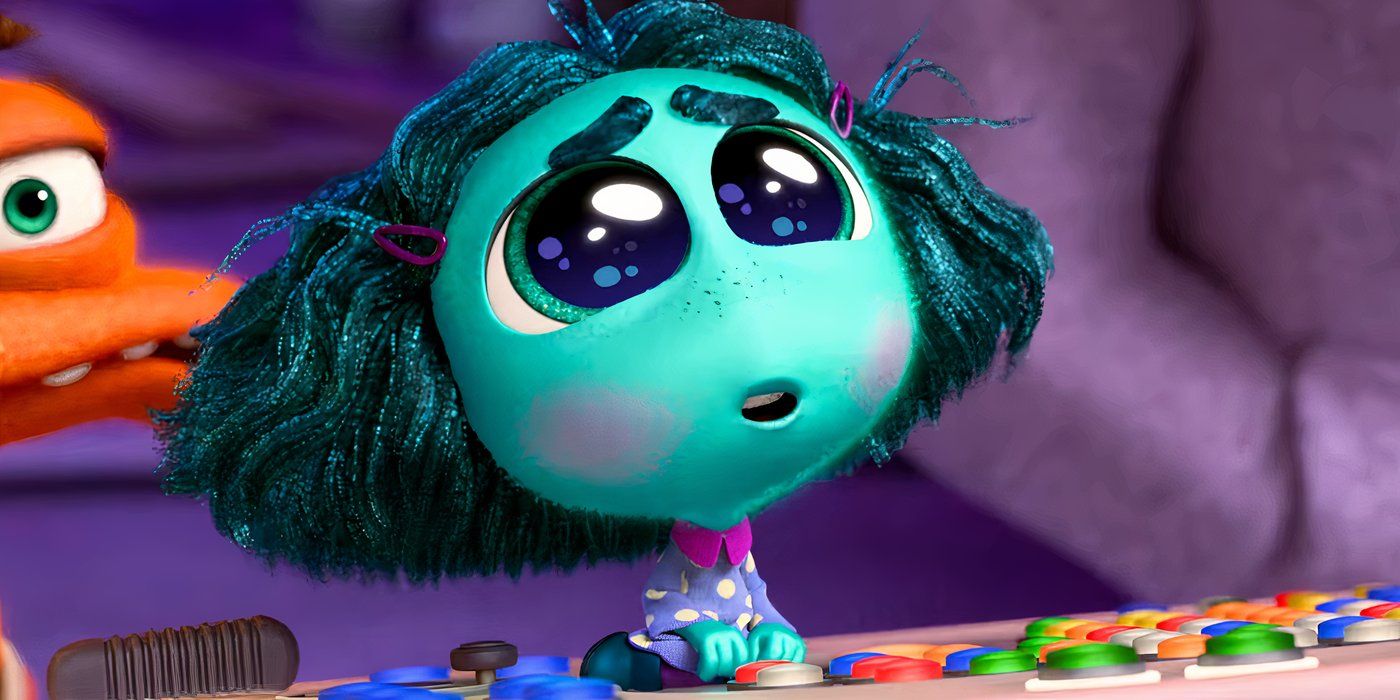
Envy is another new emotion in Inside Out 2 that shares characteristics with the first five established. Like Disgust, Envy can be seen as an immediately negative emotion, and both are concerned with Riley’s social status. Yet, Envy isn’t just about jealousy, as she spends much of Inside Out 2 displaying a certain amount of awe at others deemed “cooler” than Riley, rather than resentment and spite.
The introduction of Val in Inside Out 2, a star high school hockey player that Riley aspires to be like and be friends with, is where Envy comes into play. Riley’s main goal is to be on the varsity team, the Firehawks, and Riley’s admiration for Val borders on jealousy. She wants Val to like her, but she wants to be even better than her to ensure a spot on the team. Envy eventually learns the dark side of admiration, and that Riley needs to learn to find herself without trying to emulate others.
Ennui
Voiced By Adèle Exarchopoulos
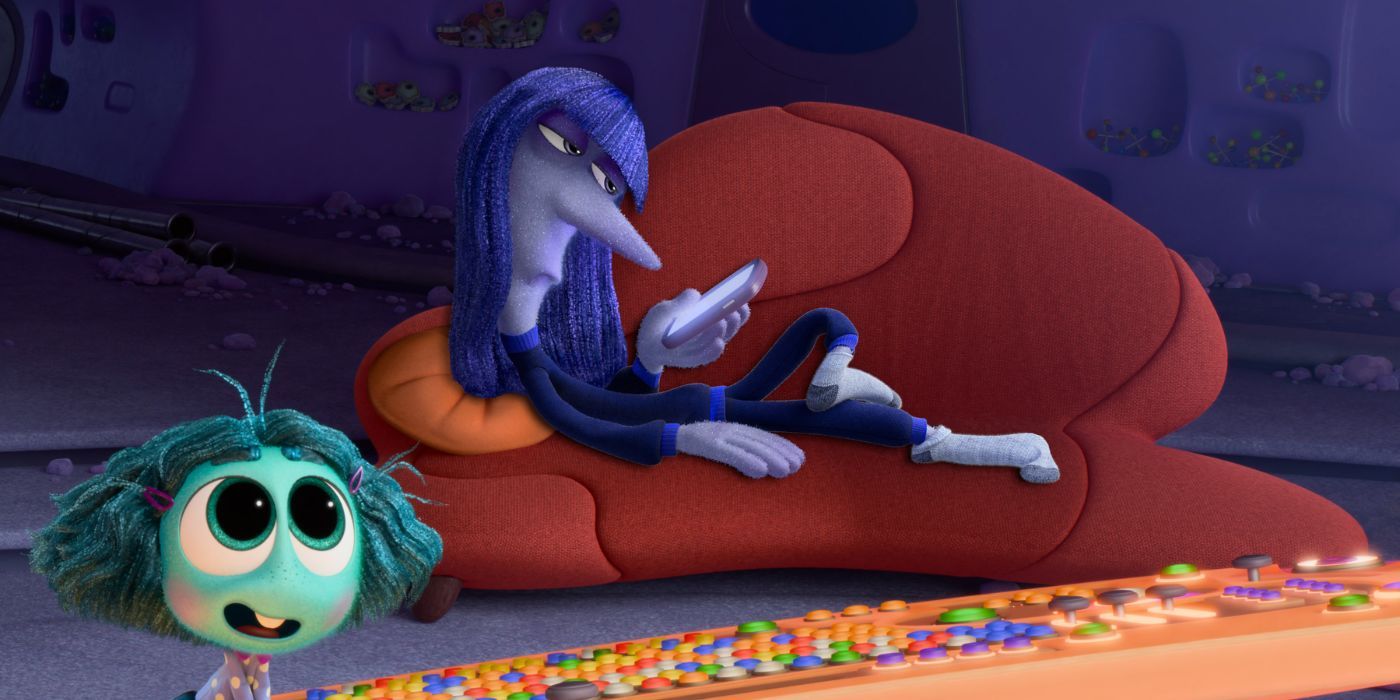
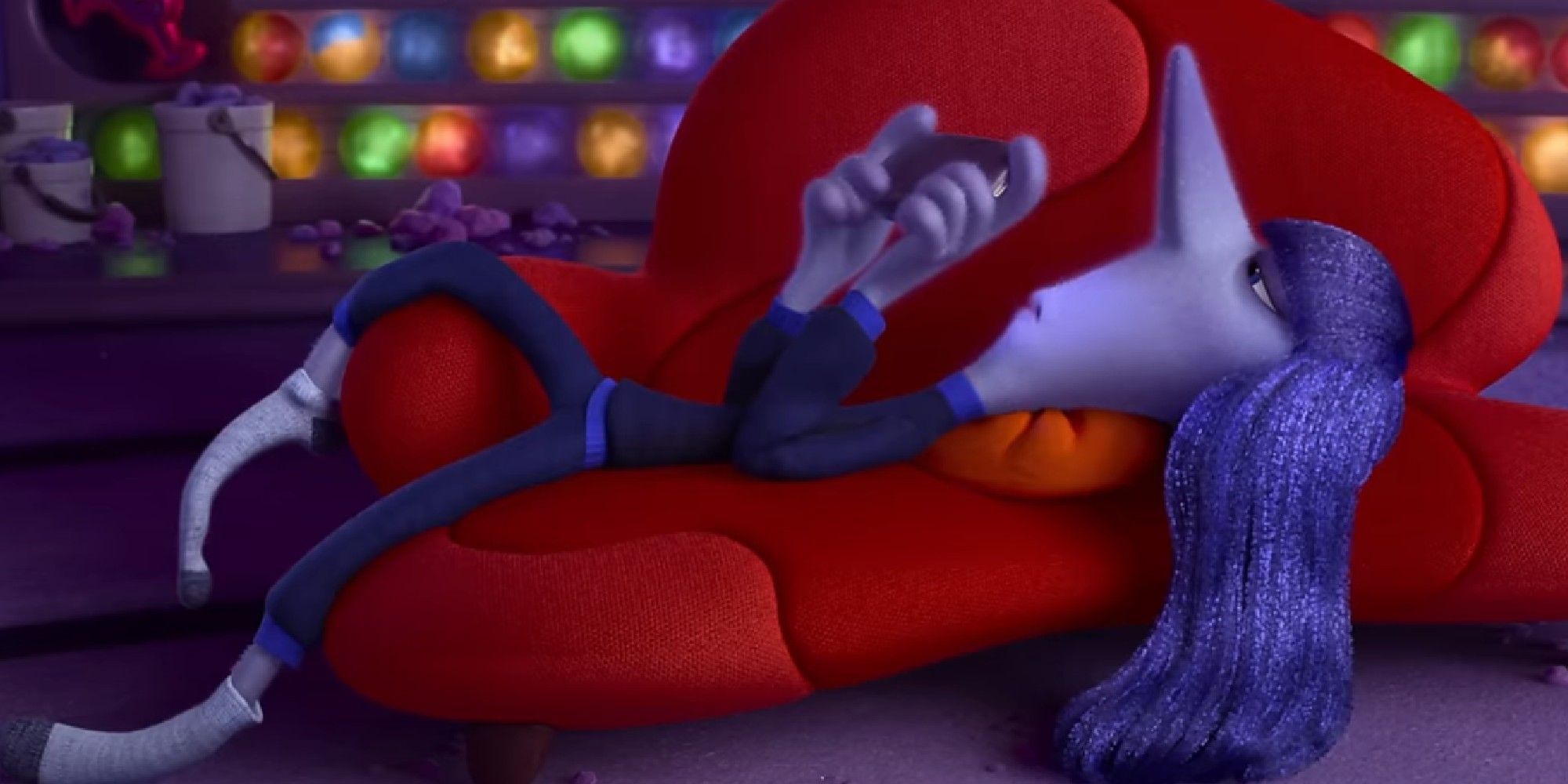
Initially, the original Inside Out characters don’t understand Ennui when she joins the other emotions in Inside Out 2. For young children watching the film, they’ve likely never heard the word “ennui” either, which is why Ennui tells the others she’s basically “boredom.” This should get a laugh out of parents, as teenagers often complain about being bored.
However, ennui means more than just boredom. It can also mean unhappiness, apathy, lethargy, and even depression. Ennui spends most of Inside Out 2 lying on the couch. She can’t even be bothered to go to the control board, using an app on her phone instead. Yet, Ennui’s levelheadedness and lack of overthinking help keep Anxiety in check and save Riley from Embarrassment, especially when she’s trying to appear cool on the outside when she’s anything but on the inside.
Embarrassment
Voiced By Paul Walter Hauser
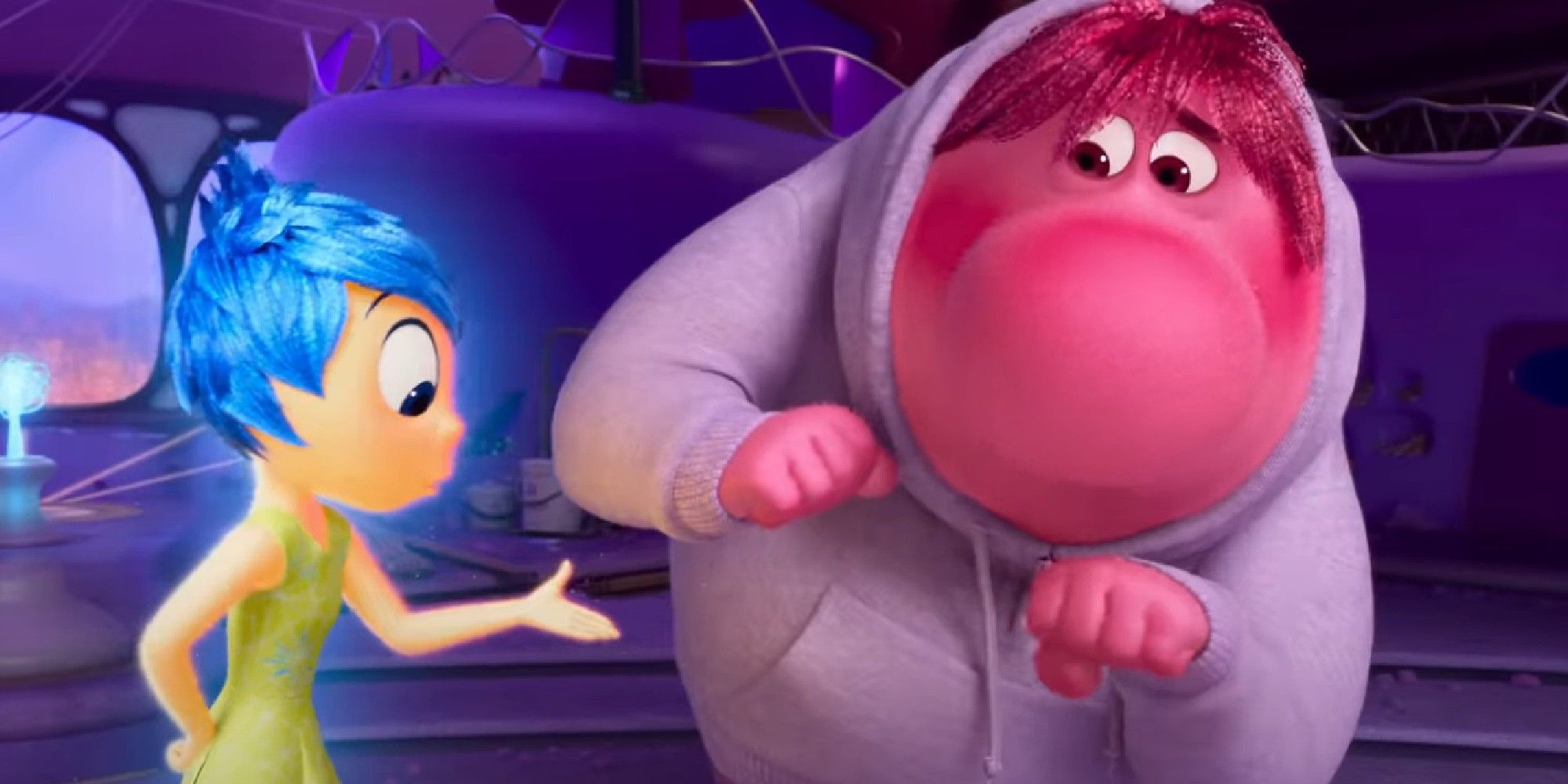
An emotion that Riley also could have experienced before Inside Out 2 is Embarrassment. Like others, it’s an emotion that tends to be experienced even more often during one’s teenage years. Riley is much more self-conscious in Inside Out 2, feeling the pressure of the impending high school years. This is compounded by her two best middle school friends revealing they’ll be attending a different school. All this pressure creates Embarrassment as well as Anxiety. The pressure Riley puts on herself to fit in leads to Embarrassment taking over Riley when Anxiety’s overplanning goes awry.
Embarrassment is the only new emotion who seems to sympathize with the original five and does his best to help Sadness and the others save Riley from Anxiety taking over completely. Embarrassment doesn’t like to be the center of attention and doesn’t speak much, but he speaks at the end of Inside Out 2 to celebrate Riley, which sadly only causes further embarrassment. However, it showed Embarrassment’s positive side, as he reminds Riley to be free and unashamed, at least temporarily.
Source: https://collider.com/inside-out-2-emotions-ranked/
